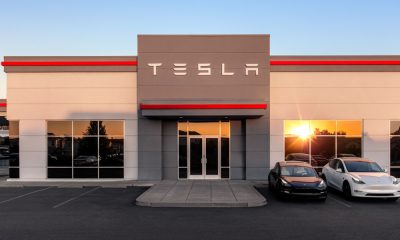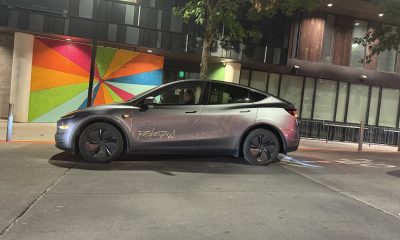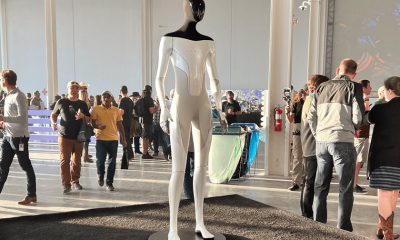News
Witnesses reveal new details behind deadly Tesla accident in Florida
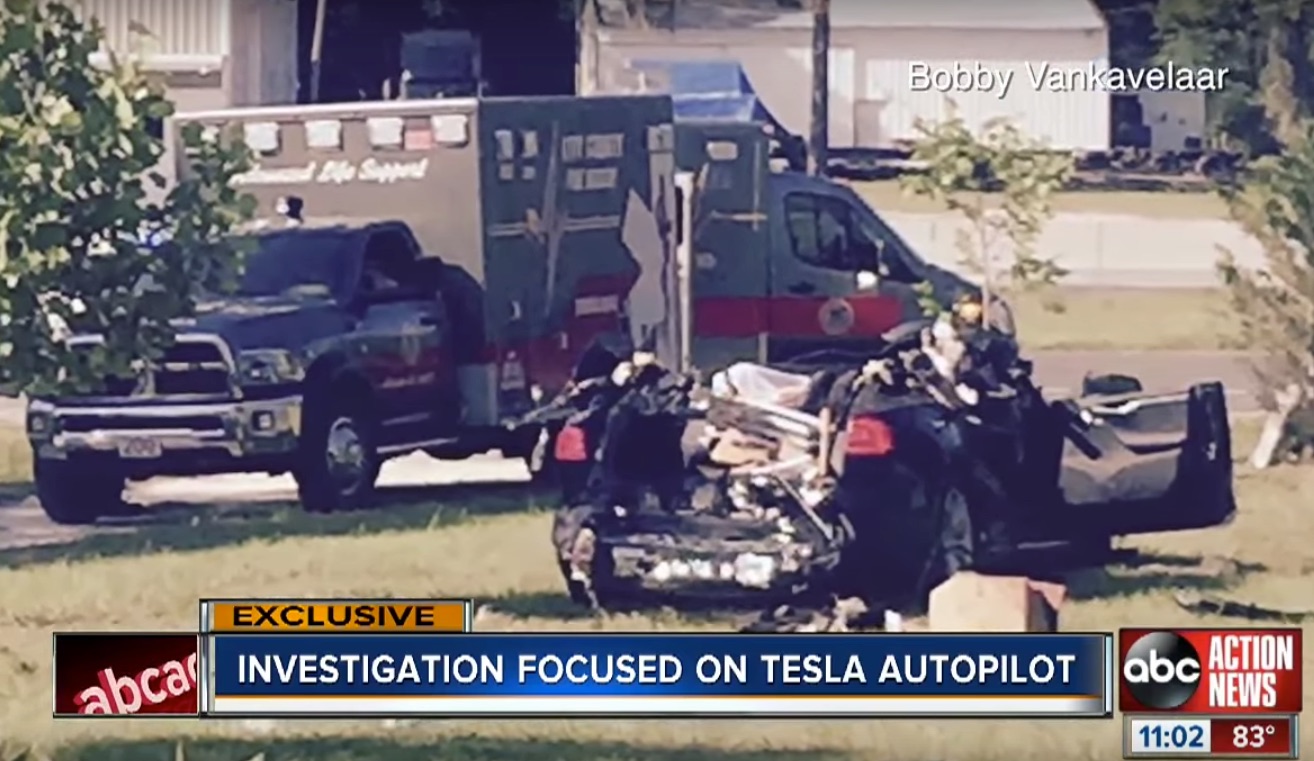
New details from witnesses of the fatal car accident involving a Tesla Model S and a tractor trailer reveal that the Autopilot enabled vehicle continued to drive on its own even after the roof sheared off.
Bobby Vankavelaar owns the home where the mangled Model S driving on Autopilot eventually came to a stop after colliding with a tractor trailer and killing 40-year old Joshua Brown who was behind the wheel. In a video published by ABC Action News, Vankavelaar tells the news outlet that the Tesla traveled “hundreds of yards from the point of impact, through a fence into an open field, through another fence and then avoiding a bank of trees before being unable to swerve and miss a power pole that eventually stopped the car a few feet away.”
According to another witness that was driving eastbound on U.S. 27A – the same interstate the Tesla was traveling on – the Model S on Autopilot passed her while she was driving at 85 mph. This detail not mentioned by the official police report filed by the Florida Highway Patrol provides further insight into why the deadly collision may have happened with the tractor trailer that turned before it.
The 62-year-old driver of the tractor trailer, Frank Baressi, told the Associated Press (AP) that the Tesla was driving so quickly that it “went so fast through my trailer I didn’t see him.” Combined with the alleged high rate of speed the Model S was traveling, Baressi tells the AP that he witnessed the Tesla “playing Harry Potter on the TV screen” though he acknowledged that he only heard the movie and couldn’t see it. “It was still playing when he died and snapped a telephone pole a quarter mile down the road,” Baressi tells in an interview with the AP.
The police report indicated that Brown’s Model S collided with a tractor trailer that was perpendicular to it and continued to travel underneath it after having its windshield and roof sheared off. Because the vehicle was in Autopilot at the time, the vehicle continued to travel before veering off the road, careening through two fences, and finally coming to a rest after striking a utility pole approximately 100 feet south of the road.
Tesla released a statement on their blog:
“What we know is that the vehicle was on a divided highway with Autopilot engaged when a tractor trailer drove across the highway perpendicular to the Model S. Neither Autopilot nor the driver noticed the white side of the tractor trailer against a brightly lit sky, so the brake was not applied. The high ride height of the trailer combined with its positioning across the road and the extremely rare circumstances of the impact caused the Model S to pass under the trailer, with the bottom of the trailer impacting the windshield of the Model S.”
Tesla said “the high ride height of the trailer combined with its positioning across the road and the extremely rare circumstances of the impact caused the Model S to pass under the trailer, with the bottom of the trailer impacting the windshield of the Model S.”
Though this accident marks the first Autopilot related fatality in more than 130 million miles of driving bringing to light that fatalities are statistically inevitable, Tesla CEO Elon Musk has on many account reaffirmed the company’s position that Autopilot is still in beta and requires drivers to maintain control of the vehicle by having hands-on-wheel.
Elon Musk
Tesla kicks Robotaxi geofence expansion into high gear in Austin
Tesla has nearly doubled its Robotaxi geofence in Austin for the second time less than two months after it initially launched.

Tesla has kicked the expansion of its Robotaxi geofence in Austin, Texas, into high gear, as it grew the service area once again early Sunday morning.
Tesla launched its Robotaxi platform in Austin on June 22, and less than a month later, it was able to expand it. After its first expansion, Tesla had a larger geofence than Waymo, which launched its driverless ride-hailing service to the public in Austin in March. Waymo expanded the week after Tesla’s first augmentation.
Waymo responds to Tesla’s Robotaxi expansion in Austin with bold statement
Now, Tesla has answered Waymo once again by developing its service area in Austin to an even larger size. We expected it, as just two weeks ago, CEO Elon Musk said that the company would be growing the Austin geofence, but did not give an indication by how much.
The first geofence in Austin was roughly 20 square miles. On July 14, when the first expansion took place, Tesla Robotaxi riders had roughly 42 square miles of downtown Austin available for travel.
On the morning of August 3, Tesla nearly doubled the geofence by growing it to roughly 80 square miles, according to Grok. For reference, Waymo’s current service area in Austin is about 90 square miles:
For those asking me, here is a comparison of the newly expanded @Tesla @robotaxi
service area (as of 3 August 2025) and the newly expanded Waymo service areas in Austin, Texas.The autonomous ride hailing service area & system capabilities scalability is certainly being tested… pic.twitter.com/uaPpEP66Cq
— Joe Tegtmeyer 🚀 🤠🛸😎 (@JoeTegtmeyer) August 3, 2025
The expansion further extends the Southern portion of the geofence, going into suburban zones such as Barton Creek.
The continuous growth shows Tesla is prepared to extend its geofence in basically any direction. Now that it is going into suburban areas, we may get to see more Austin residents experience Robotaxi for an entire evening of activities, including pickup and dropoff at home.
🚨 Tesla Austin Robotaxi geofence sizes (in square miles):
Initial: 6/22 – ~20 square miles
First Expansion: 7/14 – ~42 square miles
Second Expansion: 8/3 – ~80 square miles pic.twitter.com/IwnvSJseE4
— TESLARATI (@Teslarati) August 3, 2025
The only question that remains is how much Tesla can expand at one time. The company seems to have the ability to push the geofence to a majority of Austin, but it maintains that safety is its biggest priority.
The company was spotted testing vehicles in the West Austin suburbs in areas like Marble Falls recently, indicating that Tesla could be expanding its service area to hundreds of square miles in the coming months.
Elon Musk
Tesla to appeal jury verdict that held it partially liable for fatal crash
Tesla will appeal the decision from the eight-person jury.
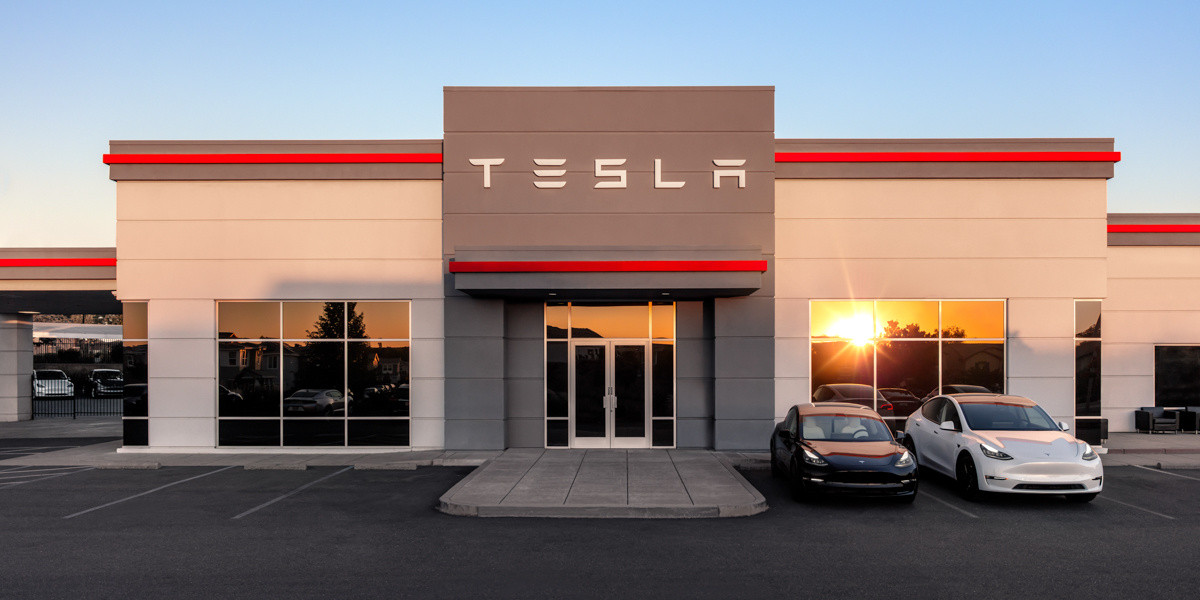
Tesla will appeal a recent jury verdict that held it partially liable for a fatal crash that occurred in Key Largo, Florida, in 2019.
An eight-person jury ruled that Tesla’s driver assistance technology was at least partially to blame for a crash when a vehicle driven by George McGee went off the road and hit a couple, killing a 22-year-old and injuring the other.
The jury found that Tesla’s tech was found to enable McGee to take his eyes off the road, despite the company warning drivers and vehicle operators that its systems are not a replacement for a human driver.
The company states on its website and Owner’s Manual that Autopilot and Full Self-Driving are not fully autonomous, and that drivers must be ready to take over in case of an emergency. Its website says:
“Autopilot is a driver assistance system that is intended to be used only with a fully attentive driver. It does not turn a Tesla into a fully autonomous vehicle.
Before enabling Autopilot, you must agree to ‘keep your hands on the steering wheel at all times’ and to always ‘maintain control and responsibility for your vehicle.’ Once engaged, Autopilot will also deliver an escalating series of visual and audio warnings, reminding you to place your hands on the wheel if insufficient torque is applied or your vehicle otherwise detects you may not be attentive enough to the road ahead. If you repeatedly ignore these warnings, you will be locked out from using Autopilot during that trip.
You can override any of Autopilot’s features at any time by steering or applying the accelerator at any time.”
Despite this, and the fact that McGee admitted to “fishing for his phone” after it fell, Tesla was ordered to pay hundreds of millions in damages.
Tesla attorney Joel Smith said in court (via Washington Post):
“He said he was fishing for his phone. It’s a fact. That happens in any car. That isolates the cause. The cause is he dropped his cell phone.”
In total, Tesla is responsible for $324 million in payouts: $200 million in punitive damages, $35 million to the deceased’s mother, $24 million to their father, and $70 million to their boyfriend, who was also struck but was injured and not killed.
The family of the deceased, Naibel Benavides Leon, also sued the driver and reached a settlement out of court. The family opened the federal suit against Tesla in 2024, alleging that Tesla was to blame because it operated its technology on a road “it was not designed for,” the report states.
Despite the disclosures and warnings Tesla lists in numerous places to its drivers and users of both Autopilot and Full Self-Driving, as well as all of its active safety features, the operator remains responsible for paying attention.
CEO Elon Musk confirmed it would appeal the jury’s decision:
We will
— Elon Musk (@elonmusk) August 1, 2025
The driver being distracted is a big part of this case that seemed to be forgotten as the jury came to its decision. Tesla’s disclosures and warnings, as well as McGee’s admission of being distracted, seem to be enough to take any responsibility off the company.
The appeal process will potentially shed more light on this, especially as this will be a main point of emphasis for Tesla’s defense team.
Elon Musk
Elon Musk echoes worries over Tesla control against activist shareholders
Elon Musk has spoken on several occasions of the “activist shareholders” who threaten his role at Tesla.
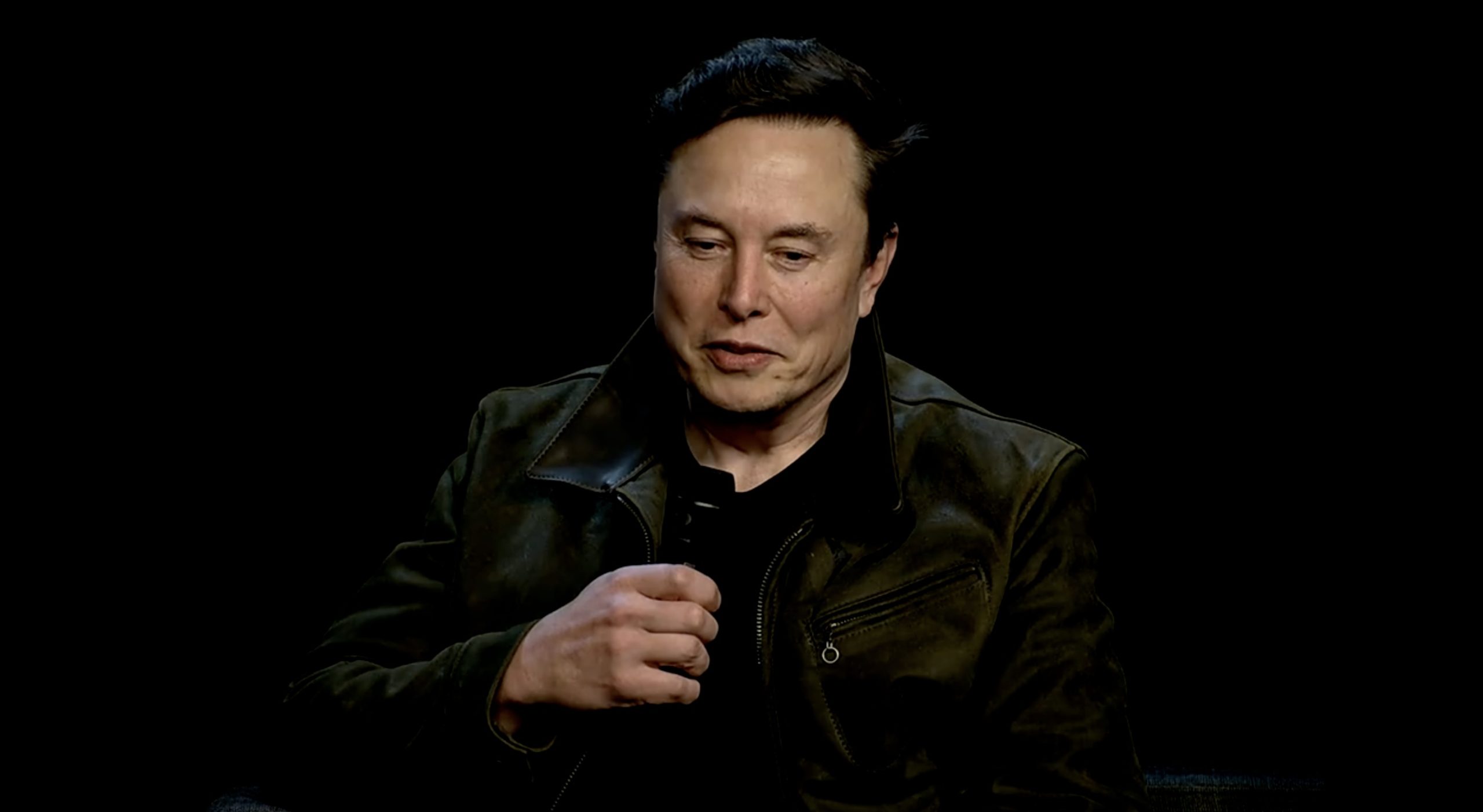
Elon Musk continues to raise concerns over his control of Tesla as its CEO and one of its founders, as activist shareholders seem to be a viable threat to the company in his eyes.
Musk has voiced concerns over voting control of Tesla and the possibility of him being ousted by shareholders who do not necessarily have the company’s future in mind. Instead, they could be looking to oust Musk because of his political beliefs or because of his vast wealth.
We saw an example of that as shareholders voted on two separate occasions to award Musk a 2018 compensation package that was earned as Tesla met various growth goals through the CEO’s leadership.
Despite shareholders voting to award Musk with the compensation package on two separate occasions, once in 2018 and again in 2024, Delaware Chancery Court Judge Kathaleen McCormick denied the CEO the money both times. At one time, she called it an “unfathomable sum.”
Musk’s current stake in Tesla stands at 12.8 percent, but he has an option to purchase 304 million shares, which, if exercised, after taxes, he says, would bump his voting control up about 4 percent.
However, this is not enough of a stake in the company, as he believes a roughly 25 percent ownership stake would be enough “to be influential, but not so much that I can’t be overturned,” he said in January 2024.
I am uncomfortable growing Tesla to be a leader in AI & robotics without having ~25% voting control. Enough to be influential, but not so much that I can’t be overturned.
Unless that is the case, I would prefer to build products outside of Tesla. You don’t seem to understand…
— Elon Musk (@elonmusk) January 15, 2024
Musk’s concerns were echoed in another X post from Thursday, where he confirmed he has no current personal loans against Tesla stock, and he reiterated his concerns of being ousted from the company by those he has referred to in the past as “activist shareholders.”
The CEO said during the company’s earnings call in late July:
“That is a major concern for me, as I’ve mentioned in the past. I hope that is addressed at the upcoming shareholders’ meeting. But, yeah, it is a big deal. I want to find that I’ve got so little control that I can easily be ousted by activist shareholders after having built this army of humanoid robots. I think my control over Tesla, Inc. should be enough to ensure that it goes in a good direction, but not so much control that I can’t be thrown out if I go crazy.”
The X post from Thursday said:
Just fyi I don’t have personal loans at this time against Tesla stock.
Also, the taxes on the options are ~45%, so net gain in voting control is more like 4%.
It is worrying in that I don’t want to build millions of robots and then potentially be ousted by activists and…
— Elon Musk (@elonmusk) July 31, 2025
There is a concern that Musk could eventually put his money where his mouth is, and if politicians and judges are able to limit his ownership stake as they’ve been able to do with his pay package, he could eventually leave the company.
The company’s shareholders voted overwhelmingly to approve Musk’s pay package. A vast majority of those who voted to get Musk paid still want him to be running Tesla’s day-to-day operations. Without his guidance, the company could face a major restructuring and would have a vastly new look and thesis.
-
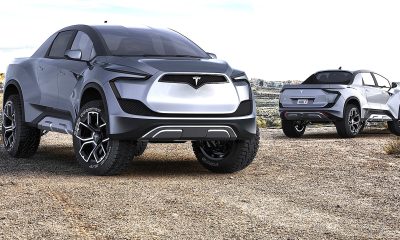
 News6 days ago
News6 days agoTesla hints a smaller pickup truck could be on the way
-
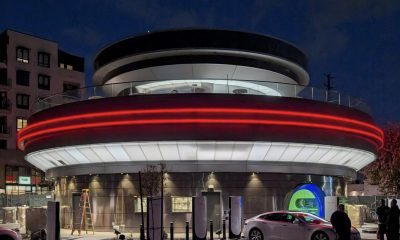
 Elon Musk2 weeks ago
Elon Musk2 weeks agoElon Musk gives key update on plans for Tesla Diner outside of LA
-
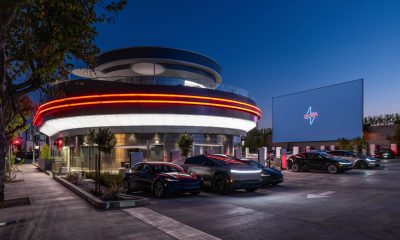
 Investor's Corner2 weeks ago
Investor's Corner2 weeks agoLIVE BLOG: Tesla (TSLA) Q2 2025 earnings call updates
-
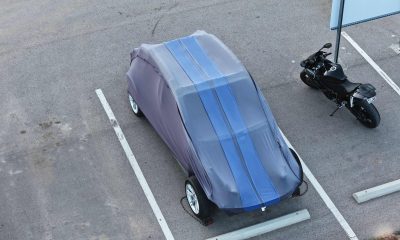
 Investor's Corner2 weeks ago
Investor's Corner2 weeks agoTesla ‘Model Q’ gets bold prediction from Deutsche Bank that investors will love
-
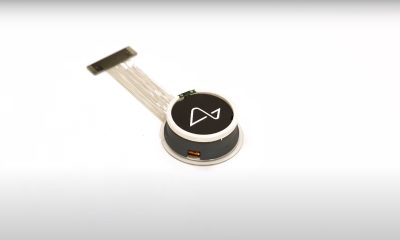
 Elon Musk2 weeks ago
Elon Musk2 weeks agoElon Musk’s Neuralink posts massive update with new milestone
-

 Elon Musk2 weeks ago
Elon Musk2 weeks agoTesla preps to expand Robotaxi geofence once again, answering Waymo
-
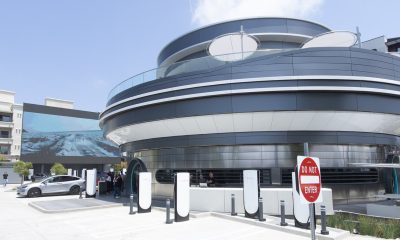
 Elon Musk2 weeks ago
Elon Musk2 weeks agoTesla Supercharger Diner officially opens: menu, prices, features, and more
-
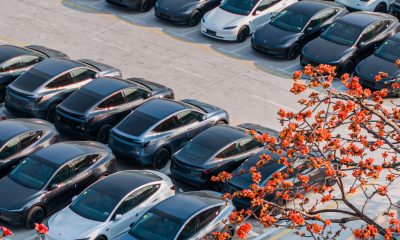
 News2 weeks ago
News2 weeks agoTesla sells 3 million Model 3 since 2017, one in every 1.5 minutes


